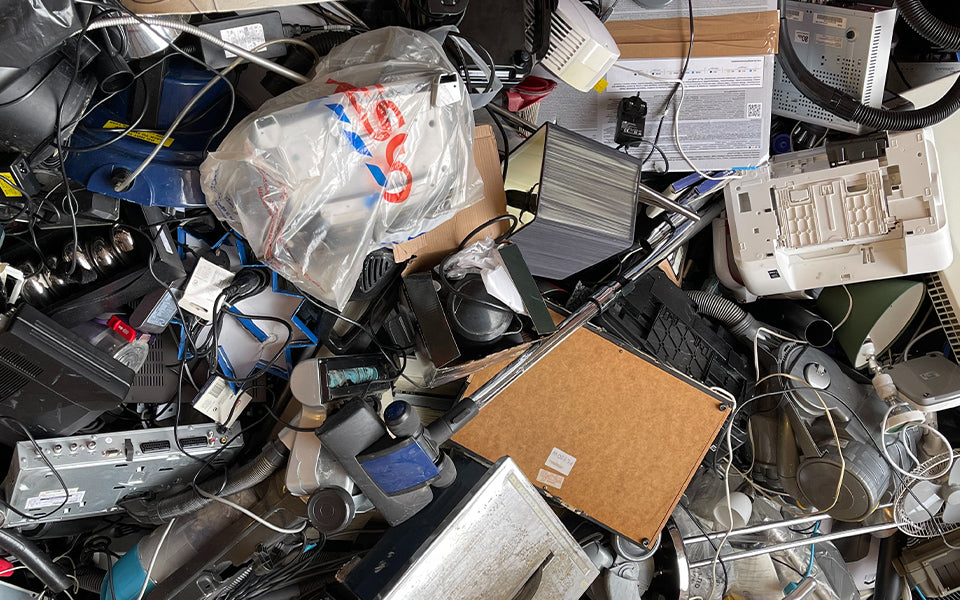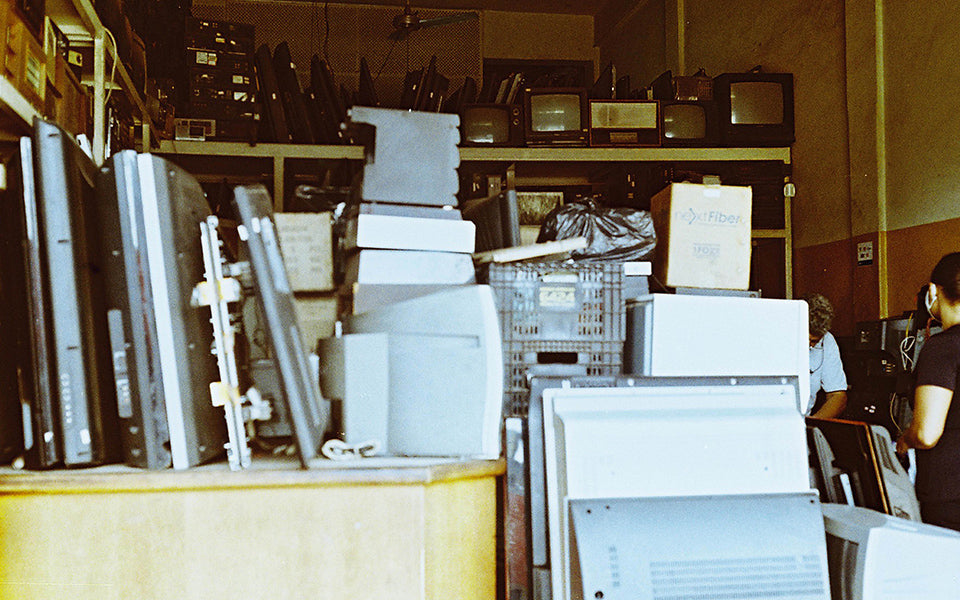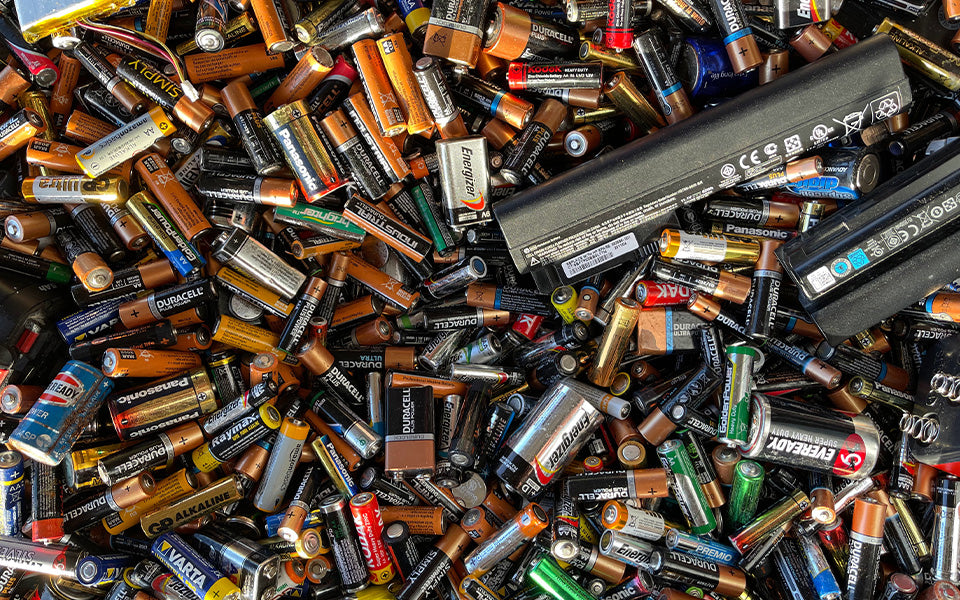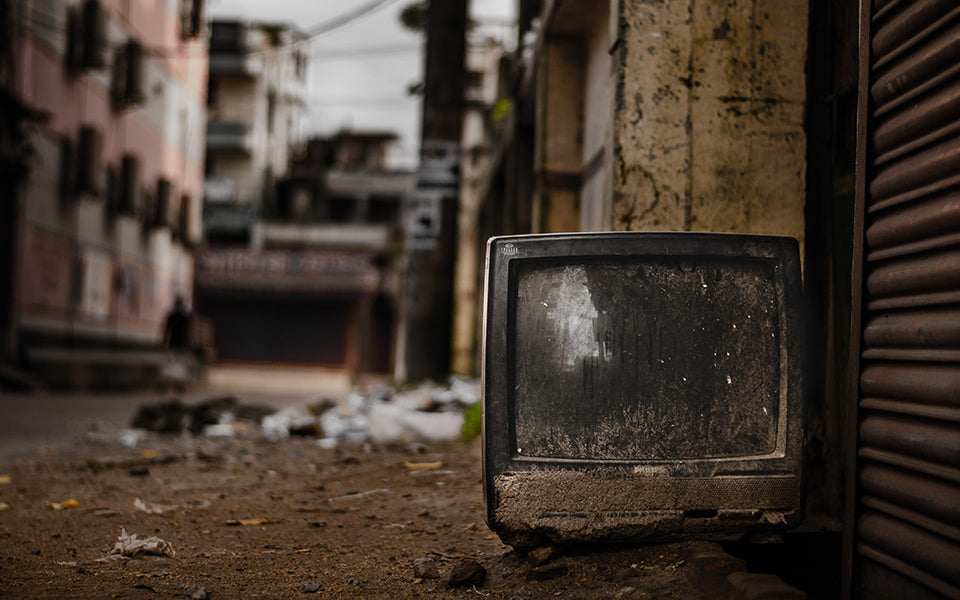A look at the latest e-waste statistics and ideas on how you can reduce your e-waste.
Statistics show the amount of electronic waste, or e-waste, that we are generating is rapidly growing. Furthermore, the way the COVID-19 pandemic has impacted our lives has increased our dependency on electronic goods, contributing to the global e-waste problem.
But what is e-waste and what can you, as an individual, do to help? E-waste refers to any electrical and electronic equipment that has been discarded as waste, without the intent for it to be re-used. It includes a wide range of products from big items like washing machines and fridges to smaller devices such as mobile phones and electronic toys.
Last year’s Global E-waste Monitor report revealed some concerning facts:

1.53.6 million tonnes of e-waste was generated in 2019.
This is equivalent to throwing out 1000 laptops every single second.

2.Only 17.4% of global e-waste was collected and properly recycled.
Waste incorrectly disposed of often ends up in landfill, leaking harmful toxins into the environment.

3.Mismanaged e-waste has a potentially fatal impact on human health.
As well as toxins leaking from landfill, e-waste is often managed by the informal sector and directly exposes workers, often children, through skin exposure or inhalation.

4.Everyday items account for most of our e-waste.
Small equipment such as cameras and vacuum cleaners are some of the worst offenders.

5.By 2030, we are on track to produce over 74 million tonnes of e-waste annually.
If e-waste generation continues at its current rate, we’ll produce the equivalent weight of 203 Empire State buildings every year!
Now that we know the facts, what can we do to prevent e-waste?

1.Repair- think carefully about whether you need a new device or whether your old one can be repaired.
2.Recycle– many retailers are now running recycling schemes but if not, find out where your local recycling centre is and check whether they can take your old devices.
3.Repurpose– think of alternative uses for your device, such as using your old mobile phone as a GPS or a music player.
4.Donate / sell– lots of local organisations will find a second life for items that are still working or just need a simple repair.
5.Invest– spend a little more money to buy a product that will last a lot longer.

